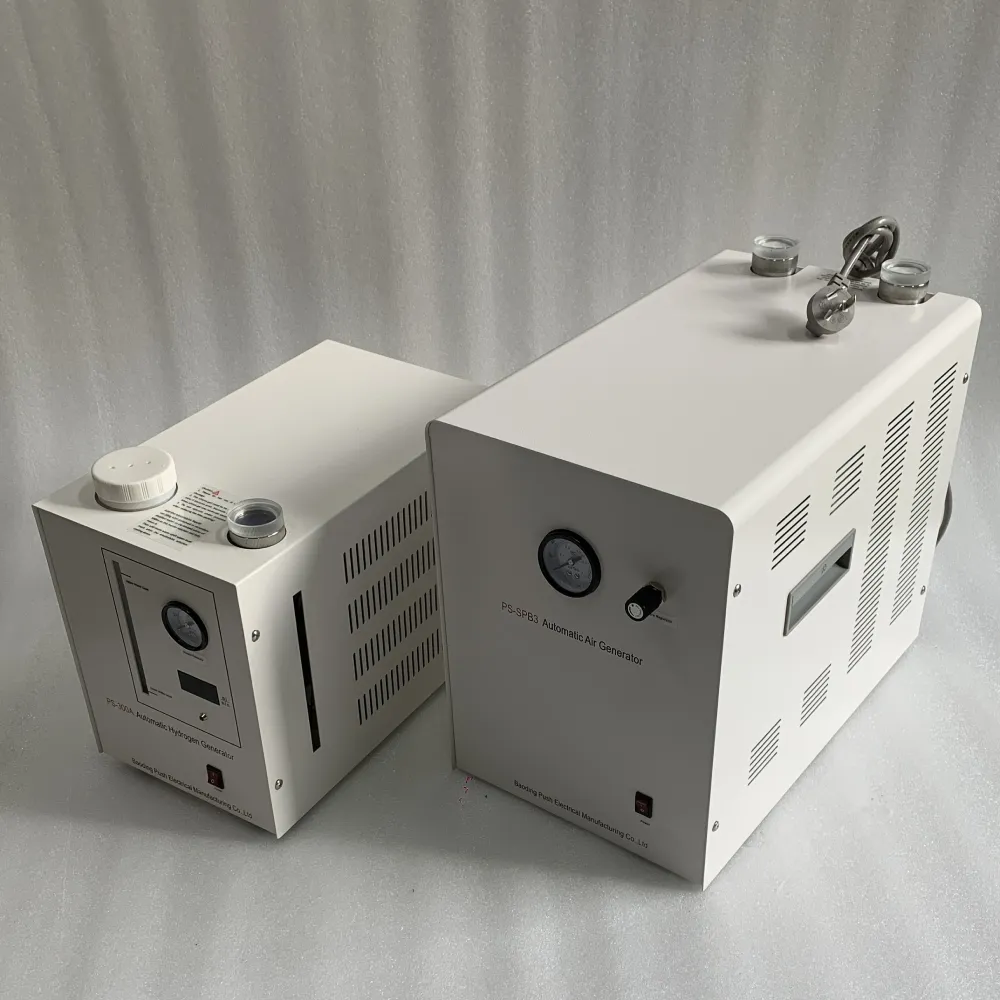 English
English



-
 Afrikaans
Afrikaans -
 Albanian
Albanian -
 Amharic
Amharic -
 Arabic
Arabic -
 Armenian
Armenian -
 Azerbaijani
Azerbaijani -
 Basque
Basque -
 Belarusian
Belarusian -
 Bengali
Bengali -
 Bosnian
Bosnian -
 Bulgarian
Bulgarian -
 Catalan
Catalan -
 Cebuano
Cebuano -
 China
China -
 China (Taiwan)
China (Taiwan) -
 Corsican
Corsican -
 Croatian
Croatian -
 Czech
Czech -
 Danish
Danish -
 Dutch
Dutch -
 English
English -
 Esperanto
Esperanto -
 Estonian
Estonian -
 Finnish
Finnish -
 French
French -
 Frisian
Frisian -
 Galician
Galician -
 Georgian
Georgian -
 German
German -
 Greek
Greek -
 Gujarati
Gujarati -
 Haitian Creole
Haitian Creole -
 hausa
hausa -
 hawaiian
hawaiian -
 Hebrew
Hebrew -
 Hindi
Hindi -
 Miao
Miao -
 Hungarian
Hungarian -
 Icelandic
Icelandic -
 igbo
igbo -
 Indonesian
Indonesian -
 irish
irish -
 Italian
Italian -
 Japanese
Japanese -
 Javanese
Javanese -
 Kannada
Kannada -
 kazakh
kazakh -
 Khmer
Khmer -
 Rwandese
Rwandese -
 Korean
Korean -
 Kurdish
Kurdish -
 Kyrgyz
Kyrgyz -
 Lao
Lao -
 Latin
Latin -
 Latvian
Latvian -
 Lithuanian
Lithuanian -
 Luxembourgish
Luxembourgish -
 Macedonian
Macedonian -
 Malgashi
Malgashi -
 Malay
Malay -
 Malayalam
Malayalam -
 Maltese
Maltese -
 Maori
Maori -
 Marathi
Marathi -
 Mongolian
Mongolian -
 Myanmar
Myanmar -
 Nepali
Nepali -
 Norwegian
Norwegian -
 Norwegian
Norwegian -
 Occitan
Occitan -
 Pashto
Pashto -
 Persian
Persian -
 Polish
Polish -
 Portuguese
Portuguese -
 Punjabi
Punjabi -
 Romanian
Romanian -
 Russian
Russian -
 Samoan
Samoan -
 Scottish Gaelic
Scottish Gaelic -
 Serbian
Serbian -
 Sesotho
Sesotho -
 Shona
Shona -
 Sindhi
Sindhi -
 Sinhala
Sinhala -
 Slovak
Slovak -
 Slovenian
Slovenian -
 Somali
Somali -
 Spanish
Spanish -
 Sundanese
Sundanese -
 Swahili
Swahili -
 Swedish
Swedish -
 Tagalog
Tagalog -
 Tajik
Tajik -
 Tamil
Tamil -
 Tatar
Tatar -
 Telugu
Telugu -
 Thai
Thai -
 Turkish
Turkish -
 Turkmen
Turkmen -
 Ukrainian
Ukrainian -
 Urdu
Urdu -
 Uighur
Uighur -
 Uzbek
Uzbek -
 Vietnamese
Vietnamese -
 Welsh
Welsh -
 Bantu
Bantu -
 Yiddish
Yiddish -
 Yoruba
Yoruba -
 Zulu
Zulu
Understanding Oil Flash Point and Its Importance in Safety Regulations
Understanding Oil Flash Points Significance and Safety
The flash point of a substance is a critical parameter in determining its flammability and safety during storage and handling. For oils, the flash point refers to the lowest temperature at which the oil vapors will ignite in the presence of an open flame or spark. This property is vital for both industrial applications and everyday uses, as it helps assess the risks associated with oil products.
What is Flash Point?
The flash point is typically measured in either degrees Celsius (°C) or degrees Fahrenheit (°F) using standardized testing methods, such as the Pensky-Martens closed cup test or the Cleveland open cup test. The method chosen can influence the flash point reading. For example, closed cup tests generally yield lower flash points than open cup tests because they allow for a quicker accumulation of vapor, which can ignite more readily.
In practice, oils can have a diverse range of flash points. For instance, lighter oils like gasoline may have flash points as low as -40°F (-40°C), while heavier oils, such as lubricating oils, may show flash points exceeding 400°F (204°C). This variation plays a significant role in determining how each oil can be stored, transported, and utilized safely.
Importance of Flash Points in Safety Regulations
Understanding the flash point of oils is crucial for safety regulations across various industries. Organizations like the Occupational Safety and Health Administration (OSHA) and the National Fire Protection Association (NFPA) provide guidelines that rely on flash point data to ensure the safe handling of flammable liquids.
oil flash point

Employers in the oil and gas industries, for instance, must train workers on the significance of flash points and proper handling procedures. This information is essential for preventing accidents, such as fires and explosions, that can occur when flammable vapors are ignited. Furthermore, spill response protocols often incorporate flash point considerations to ensure that cleanup efforts do not accidentally trigger a hazardous situation.
Environmental Considerations
Beyond workplace safety, the flash point of oils also has environmental implications. When oils are spilled, their vapors can pose a risk not only to firefighters but also to the surrounding ecosystem. Knowledge of an oil's flash point is critical during spill response operations, as it helps responders ascertain the level of risk and appropriate containment strategies.
For instance, if an oil with a low flash point spills near a heat source, the risk of ignition is immediate, necessitating rapid intervention. Conversely, oils with higher flash points may allow for more leeway in handling the situation, although they still require careful management to prevent environmental contamination.
Flash Point in Everyday Life
In everyday life, consumers often come across various oils, from cooking oils to automotive oils. Understanding the flash point can aid in making informed choices about these products. For instance, cooking oils have flash points that vary widely; oils such as olive oil can ignite at approximately 410°F (210°C), while oils like avocado oil have higher flash points. Knowing these figures can help consumers avoid overheating oils, which not only improves the quality of food but also mitigates the risk of kitchen fires.
In summary, the flash point of oils is a critical property that informs safety protocols, industrial regulations, and environmental protection measures. By understanding the implications of flash points, individuals and organizations can better manage the risks associated with the use and storage of various oils. Whether in a professional setting or at home, awareness of an oil’s flash point is a fundamental aspect of ensuring safety and preventing accidents.
-
Testing Equipment Industry Sees Major Advancements in 2025: Smart & Precision Technologies Lead the WayNewsJun.06,2025
-
Applications of Direct Current Generators in Renewable Energy SystemsNewsJun.05,2025
-
Hipot Tester Calibration and Accuracy GuidelinesNewsJun.05,2025
-
Digital Circuit Breaker Analyzer Features and BenefitsNewsJun.05,2025
-
Benefits of Real-Time Power Quality Monitoring Devices for Industrial EfficiencyNewsJun.05,2025
-
Earth Fault Loop Testing in High-Rise Building Electrical SystemsNewsJun.05,2025



